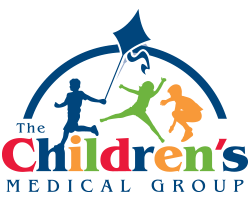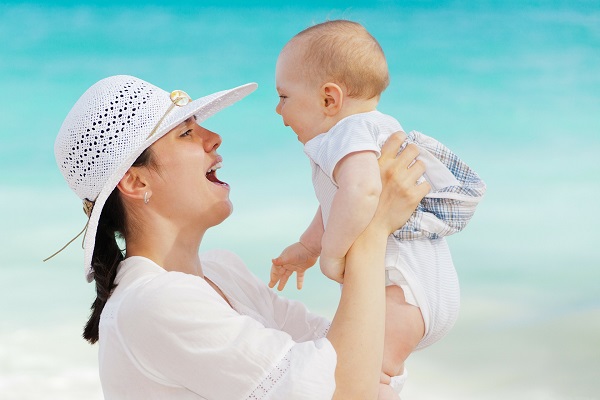Once you have a child, even the most routine travels become an adventure in parenting. While flying with your baby isn’t the easiest method, many young babies do travel well in flight. Here are some tips on keeping your family safe while flying.
Preventing injuries
Turbulence is the most common injury among airline passengers according to the FAA, and it’s recommended that children be restrained during the flight, just like you are!
The FAA recommends that children weighing less than 20 pounds should use a rear-facing child restraint system. Between 20 and 40 lbs., a forward-facing child safety seat should be used, or an FAA approved harness device. Make sure that the child safety seat is approved for use on an aircraft – the approval will be printed on the system’s information label or on the device itself.
While the FAA does not require the purchase of an airline ticket for any child younger than 2 years, buying a ticket is the only way to guarantee that a child safety seat can be used during a flight. Check with the airline to see what their rules are or if there are any discounts available for children.
Traveling with your baby on your lap
If you have no choice but to have your child on your lap, try to choose your seat wisely. A window seat is harder to get out of, while with an aisle seat you need to make sure that your child doesn’t get bumped by people and carts in the aisle. Book the aisle and middle seats, with baby in the middle seat (it’s unlikely these days that there will be any empty seats, since most flights are overbooked). You may also want to try for the bulkhead row, which may have more space.
In-Flight Comfort
Dress your child in easy on/off layers so you are prepared for whatever in-flight conditions you may find. Elastic waist pants, zip-up outfits, and easy-snap crotches make it easier to change a diaper in cramped quarters. Some supplies to carry on include diaper supplies, a change of clothing, a favorite blanket or stuffed animal, and tissues/paper towels.
Ear pain from the cabin pressure
Many adults feel the changes in cabin pressure as ear discomfort, however babies often don’t actually show any sign of having ear pain. Adults can chew gum to help relieve the pressure; for babies, try offering a breast, pacifier, or bottle during takeoff and landing. You can take comfort in knowing that the amount of noise in the cabin (100 decibels or so) can help to limit how far a crying baby can be heard. We do not recommend using cotton balls or small earplugs as they may become choking hazards. Babies tend to sleep more reliably at night after the first few weeks, so a late-night flight may be one way to get him or her to sleep through the trip.
Source: http://www.healthychildren.org/English/safety-prevention/on-the-go/Pages/Family-Friendly-Flying.aspx
Source: CMG


